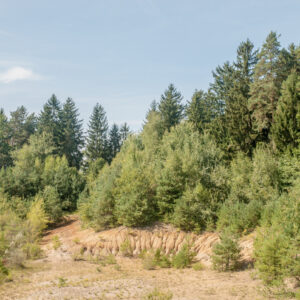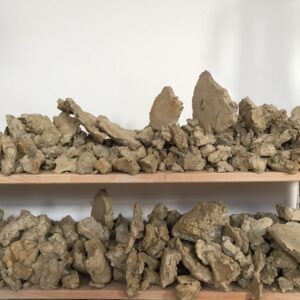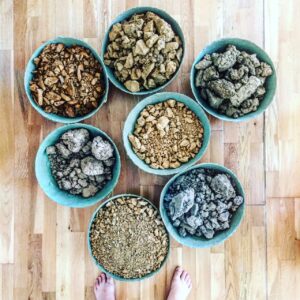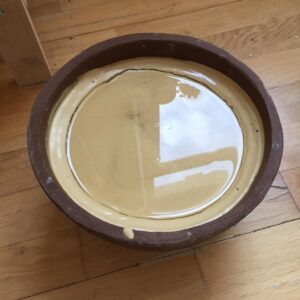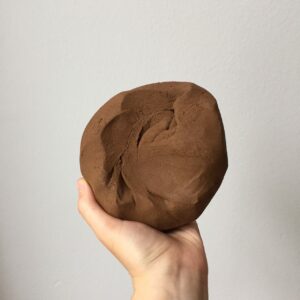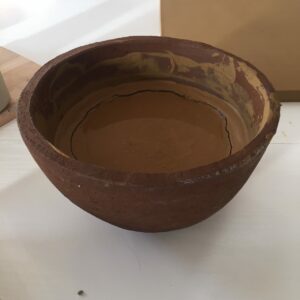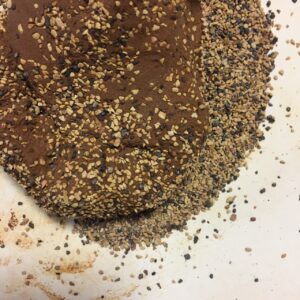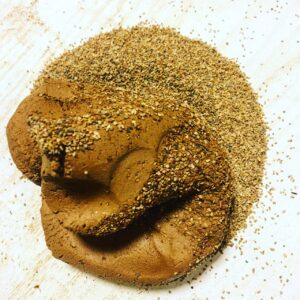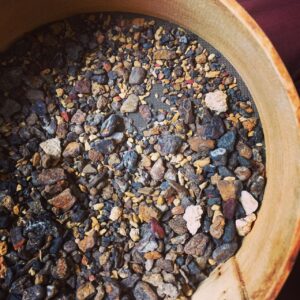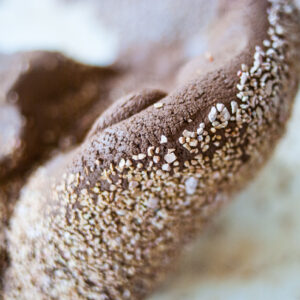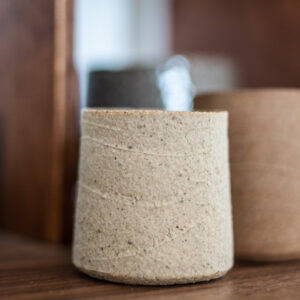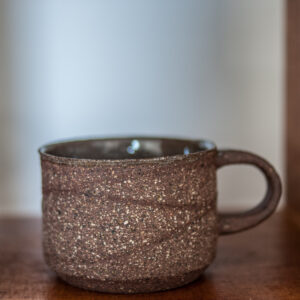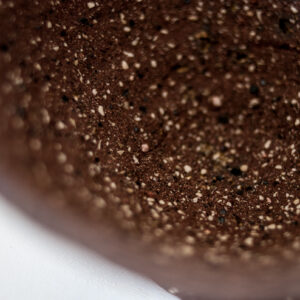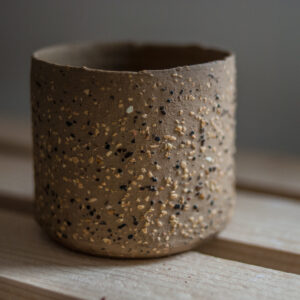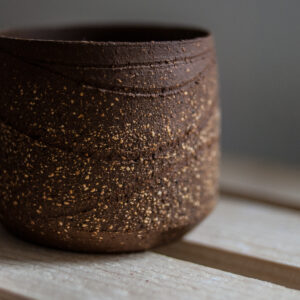Processing wild clay
I would like to write a follow up on the wild clays. Clays have overwhelmed me so strongly this year, that I cannot explain, except for that, that I devoted most of my time collecting it and processing it. They have not just connected me with our land, nature and geology, but with certain people as well. For example clay gave me a new hunting pall Živa Slavec, I reached out to a distant relative geologist Duška Rokavec, and made a bunch of new friendships with people, who value similar thing in life. I see clay as a connector, a good thing in my life, and maybe even as a value in my life.
So what happens when I bring all this clay to my studio? What to I do next and how I process clay? First I ask dear Peter if he can help me bring clay from my car. Usually it is very heavy and I already have back and neck problems. So I justifyingly ask for help.
1. Drying
In every case I completely dry every clay. To a bone dry state. It is a step which prepares clay for breaking to smallest particles once it is put in water.
2. Soaking in water
I put the dry clay in bucket and add water. Because it has a property to absorb water, it absorbs it fastest in dry state. Because water goes into clay so fast, the expansion happens and that breaks clay into smallest particles. Clays that have been dug very deep and are very compressed need more time to break, maybe days, but clays that have been on the surface and were pre-broken from the weather, can break in an hour or so. I have learned in the past, that traditional Slovenian potters, who dug clay by themselves, bring clay home, and leave it outside uncovered for a year. I have asked why, but usually the answers were vague, like ‘O, it ages the clay’, or ‘It prepares clay for working’, or ‘It makes the clay better’. But it’s simple really. Weather in Slovenia is very orthodox: harsh winters and hot summers. And that can be an advantage for clay processing. You see, when leaving clay out in the sun, it comes dry. When rain comes, it breaks it. And that is done repeatedly over the year. In winter, after the autumn rains, the clay is wet, then it freezes. Freezing acts as additional breaking. And over a year, weather makes the clay go to the smallest particles and preparing it for the next step. I would also add something else here. Chinese people, who were making porcelain, did some other extreme processing, which is also interesting for me. Original porcelain from China was made out of two rocks (see video here). One was kaolin – a very white primary clay, and second was feldspar. Because they were both hard rocks, they first had to break it down with manual force. Then mix it together and add water. Then they left it to mature for up to 100 years. They say one generation prepared porcelain for the next one. The Australian potter who makes his own porcelain does not wait so long, but adds vinegar to the mix, which hastens the process.
I do not wait that long. And I hate the smell of vinegar.
3. Additional mixing and breaking
I usually mix and break particles, which were too resistant to break by themselves, with my hands. I should use a mixer, but this is the thing; I don’t just enjoy, but I do out of respect for clay. It takes ages, but with hands I get to feel all the rocks and pieces inside.
4. Putting it through sieves
Liquified, well mixed clay then goes through sieves. This year I purchased a lot different mesh sizes sieves from our traditional Slovenian wood craftsmen. I have to admit I got a little obsessed with them. They are made of wood ring and metal mesh. Sometime mesh is also from wood. They are made originally for flour sifting. It is just too beautiful to look at or to work with. They are usually not expensive. The come from province Ribnica. I use the smallest available, maybe the hole is 0.5mm big. I use wide brush to help pushing clay trough sieve. This take maybe one hour for one bucket.
5. Leaving it to settle
After a day clay settles at the bottom, and water layer become visible on top. I drain the top clear water from the bucket.
6. Pouring liquid clay into or onto bisque moulds.
I have clay low temperature mould and plaster moulds. Which remind me I need to make more, since I am processing so much this year. Plaster or low temperature clay absorbs excess water. I observe this absorption, because I don’t want to much water to go out. Once the consistency is right, I knead the clay, in order to distribute density equally.
7. Leaving the clay particles to bond
I find clay more strong if I leave it to rest, to connect and for particles to align the right way. But sometime I throw it straight to the wheel.
Residue
I love clay residue. It is clay’s shadow, clay’s information, clays’s origin and ancestor, her depth and her universe. I do not throw that away. Instead I wash it, dry it, clean the little roots, sticks or leaves – or not!, and put it through different size sieves. I study it. I can find so much inside the remaining material. These are the small rocks, which clay consists of. They tell me about why colour is like that, and even suggest maturing temperature of the clay, and can tell me about geology of a location. Sometimes I wish there were fossils and crystals and archeology pieces inside. Sometime they are! It’s like treasures hidden inside of clay. After I separate it by different sizes, I decide to knead it back to clay or not. Usually I leave some clay smooth, rest I decide how much and what size rock will go back. That gives clay depth, and richness. Of course different particles act differently in the firing. Some melt, some give clay firmer structure, some fire away. So far I love the most little pebbles of irons, round and shiny. They are so cute. Some of them stay round, and some melt.
Making and processing your own clay is hard and time consuming work. Imagine the time spent looking for it in nature, collecting it, carrying it, and processing it. That kind of energy makes piece’s price go higher, but never high enough that the work and time is repaid. Clay repays that with her beauty.


